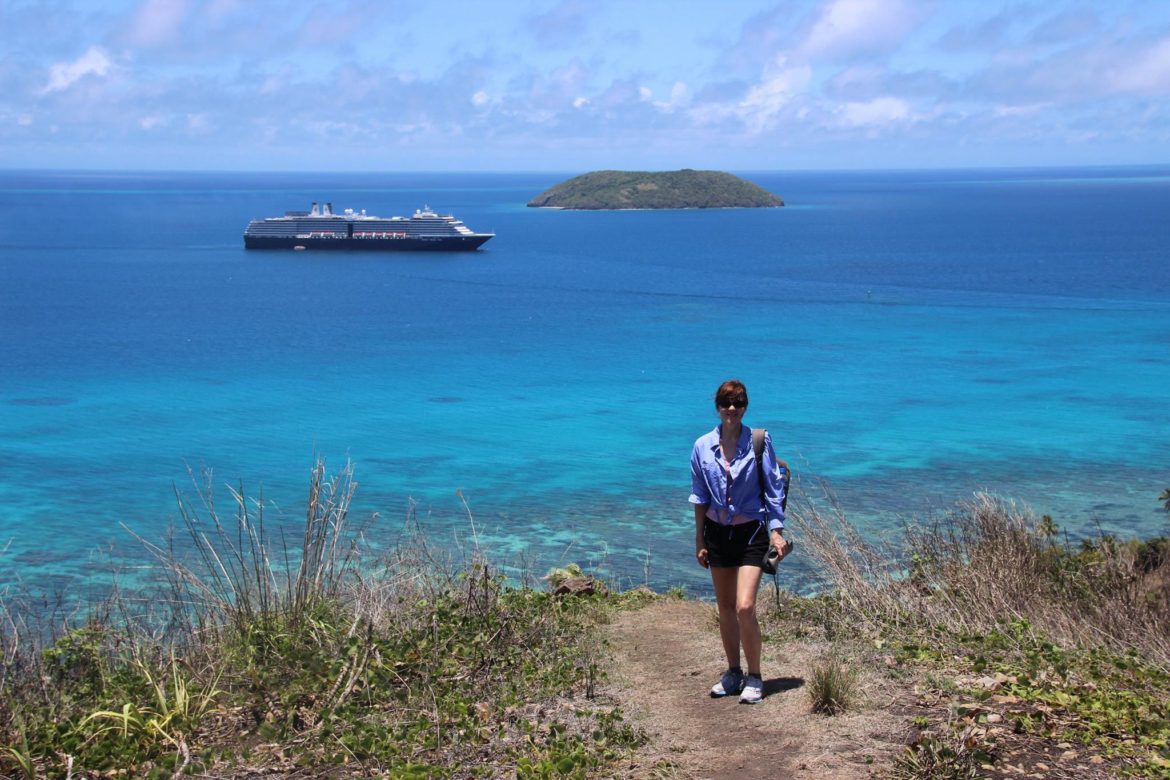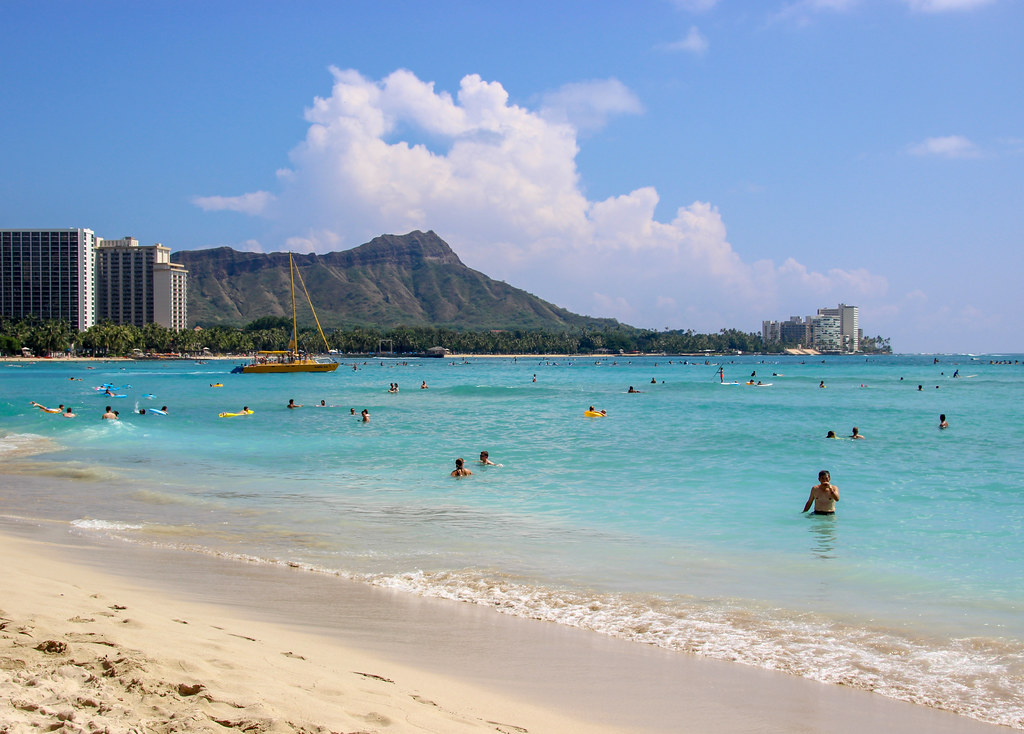Proper sunscreen application is a holistic topic not only for you, but also our planet. The best individual sunscreens are also “Reef Safe.” Skin is your largest organ, where signs of premature aging surface and chemicals absorb into the bloodstream. So, dive in and read about these 7 sunscreen health tips for both you and the planet.
7 Important Sunscreen Health Tips
Mineral Sunscreen with Zinc Oxide and Titanium Dioxide
These sunscreens are natural and form a physical barrier that reflects the sunlight away from your skin and are immediately protective. Zinc Oxide is healing for the skin, reducing acne, inflammation and helping the skin to retain moisture. The one downside is it does not spread on the skin as easily (because it sits on top) as chemical sunscreens and leaves a whitish tint.
No Chemical Sunscreen with Oxybenzone or Octinoxate
These chemicals are in most traditional sunscreens and various cosmetics. Both the Oxybenzone and Oxtinoxate absorb through the skin, with a chemical reaction causing heat under the skin and more irritation. Latest research links them with negative side effects at toxic levels, almost immediately, because they absorb into the bloodstream as hormone disrupters, increasing estrogen in cells that can lead to breast cancer. According to The Derm Review, Oxtinoxate decreases thyroid hormones in the blood and can affect the male reproductive system, lowering male sperm count.
Hawaii recently banned all sunscreens sold with either of these chemicals due to its toxic affects on our vulnerable coral reefs, causing bleaching. This highlights another important factor in choosing the best sunscreen as being “Reef Safe.”
Hawaii recently banned all sunscreens with Oxyybenzone or Octinoxate, because they aren’t Reef-Safe.
Broad Spectrum Protection for UVA and UVB
The best sunscreens protect against both the UVA & UVB light. UVA wavelengths are longer and responsible for tanning and long-term premature aging affects, like wrinkles, age spots & loss of skin elasticity. The UVB wavelengths are short, being responsible for the sunburn and long-term effects of damaged DNA and skin cancer.
Lotion not Spray
With sunscreen spray, it’s more likely you will inhale the chemicals.
Minimum SPF 30
Sun Protection Factor helps to plan how long the protection will last. For example, if you start to burn after 10 minutes in the sun and you put on 30 SPF, then this sunscreen will protect for 10 x 30=300 minutes or 5 hours. If going higher than SPF 30, there is a diminishing return in benefit with increased chemicals, so its important to weigh tradeoffs when deciding how high in number to apply, but 30 is the minimum for fair skin.
SPF Clothing
It’s commonsense to wear SPF clothing when possible: long sleeved shirts, pants and hats. For snorkeling or swimming, there are SPF sun shirts and rash guards, assuring proper protection for challenging circumstances. For example, in left photo I am at Stingray City in the Caribbean Island, Antigua in my SPF shirt. This way my skin is protected from sunburn and both my skin, and the reef are safe from sunscreen chemicals.
No Vitamin A aka Retinyl Palmitate
Vitamin A is in many skin products, as it’s an antioxidant to help prevent premature aging. However, the sun increases growth of skin cancers and lesion, in combination with Vitamin A on the skin.
Find a Healthy Balance with Vitamin D & Sun Protection
Balancing these 7 tips with getting healthy Vitamin D absorption from the sun can be a challenge. Vitamin D is good for our bone density and helps to lower risks for many diseases.
However, remember that the peak time for sun radiation is 10 am to 2 pm. And following holistic sunscreen tips are ultimately best for you and the planet.
Read More!
Dog Bite Tips & Why Manuka Honey is in My First Aid Kit
Eight Tips for Snorkeling Australia’s Magnificent Great Barrier Reef






